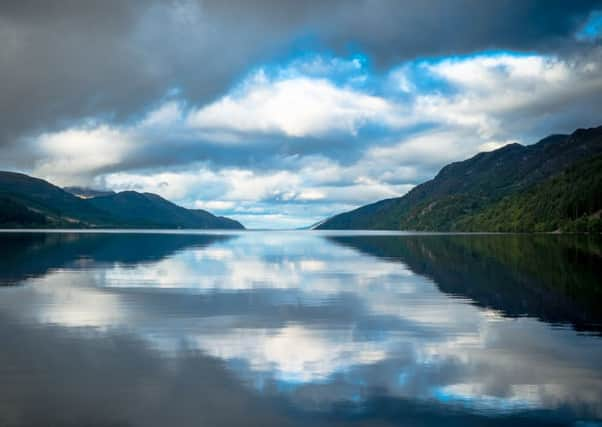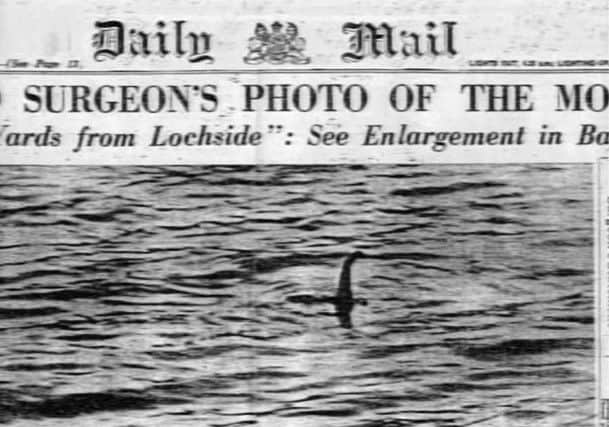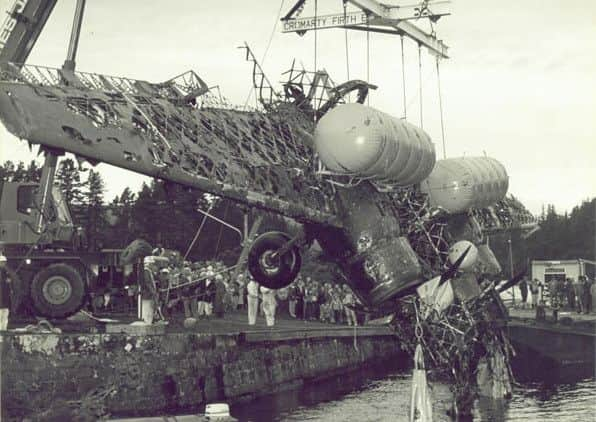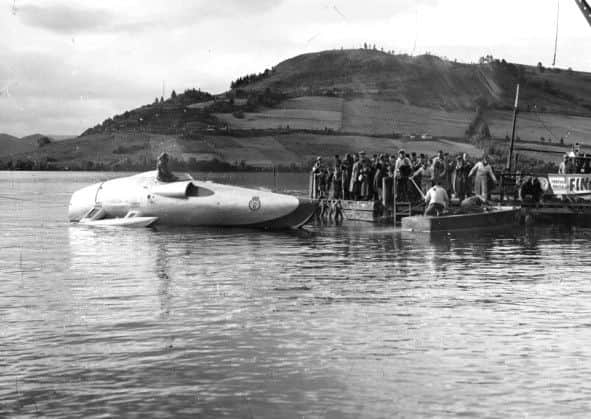The history behind Loch Ness


Loch Ness stands at just under 24 miles long, with a depth of just under 227 metres at its deepest point.
To put these figures into perspective, the loch has more freshwater than all the lakes in England and Wales combined, yet is still smaller than Loch Lomond if surface area is taken into account.
Advertisement
Hide AdAdvertisement
Hide AdThe loch stands on the Great Glen Fault, which runs through Glen Albyn and continues over Ireland and well out into the Atlantic Ocean and beyond.


The collision of tectonic plates hundreds of millions of years previously are responsible for the creation of several lochs in the area, including Loch Lochy and Loch Oich.
The first Pictish settlers in the region were rumoured to have been present from as early as 2000 BC, with Urquhart Castle lost and rewon several times by the English and Scots during the 13th and 14th centuries.
Nowadays, Urquhart Castle’s ruins provide a haunting vantage point from which to see the loch, which is fed by now less than eight rivers and is home to trout, eels and pike amongst other aquatic animals.
Loch Ness shot to international fame during the inter-war years, when a new road was built around the northern shore and sightings of the mythical monster increased. “Witnesses” spoke of a dinosaur-like animal living in the waters, widely understood to be a form of plesiosaur.


It was at this time that “The Surgeon’s Photo”, which claimed to be a picture of Nessie, started circulating through media outlets. Those who believed were soon to be disappointed though, as it was later found that the photo was a hoax made by a disgruntled game hunter. Nevertheless, the legend surrounding the beast has persisted to this day.
On 31 December 1940, the site achieved notoriety as the final resting place of a RAF Wellington bomber which had lost an engine in a snowstorm during a training flight.
After relocating the wreck in the late 1970s, the plane was exhumed from its watery resting place and fully restored before being put on show at the Brooklands Museum in England.
Advertisement
Hide AdAdvertisement
Hide AdThere was only one fatality in the event, when a rear gunner’s parachute failed to deploy. Nevertheless, number N2980 - the loch’s true monster - remains as the only Brooklands-built plane in existence today.


Unfortunately, the loch’s association with disaster continued after the war, when on 29 September 1952 racing driver John Cobb lost his life chasing the world record as the fastest man on water.
Cobb’s ultra-streamlined Crusader vessel was powered by a de Haviland Ghost turbojet engine designed for a plane. Designed to reach a speed of over 200mph, Cobb’s machine hit a boat-wake on the normally smooth surface of the loch and tore itself apart.
The wreckage of the Crusader was rediscovered on 5 July 2002 by the Loch Ness Project over 200 feet below the surface of the water.
Today, a memorial cairn exists on the lochside in memory of Cobb’s record attempt, and is one of the loch’s most-visited points of interest.
As well as the historical landmark, Loch Ness is a big draw for nature fans impressed by the cormorants, deer, vipers and Merganser ducks that live in the freshwater and its surrounding land.